Today, however, I had the opportunity to help pot up the mint that had been propagated and to take it back to the display area in its new pots, so I could try and small a few of the cultivars, albeit by no means all of them.
There are no less than 25 species of Mentha* (22 are listed in PFAF database).
Mint, however, is quick to hybridize so identification is often difficult. To complicate matters further, in common language the word "mint" does not refer only to the genus Mentha, but often to other plants either within the family Lamiaceae (for example, Korean mint, Agastache rugosa, or mint bush, Prosthantera spp) or even in other families. In the latter case, it is the resemblance in the fragrance that promted to use the name (i.e. Vietnamese mint, Persicaria odorata is in the Polygonaceae family).
They main compounds that make of Mentha the economic plant it is are:
- menthol, an antiseptic, decongestant and analgesic, that is present in high concentrations in M. x piperita, peppermint but also in spearmint (M. spicata)
- pulegone, a neurotoxic, abortifacient substance, present mainly in M. pulegium: pennyroyal
- diosphenol, a diuretic, M. longifolia
- carvone, the substance that links M. spicata and Carum carvi (caraway)
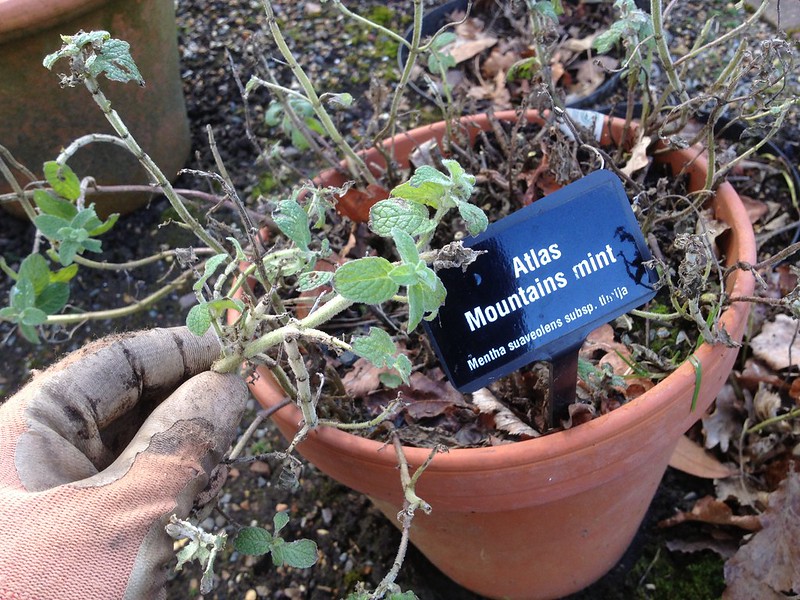 |
| Some of the mints in February |
Mint, especially in pots, is prone to root aphids*** (possibly overwintering Ovatus crataegarius, the mint aphid) attack, so propagating plants and using fresh compost every year helps managing infestations.
 |
| Root aphid on mint |
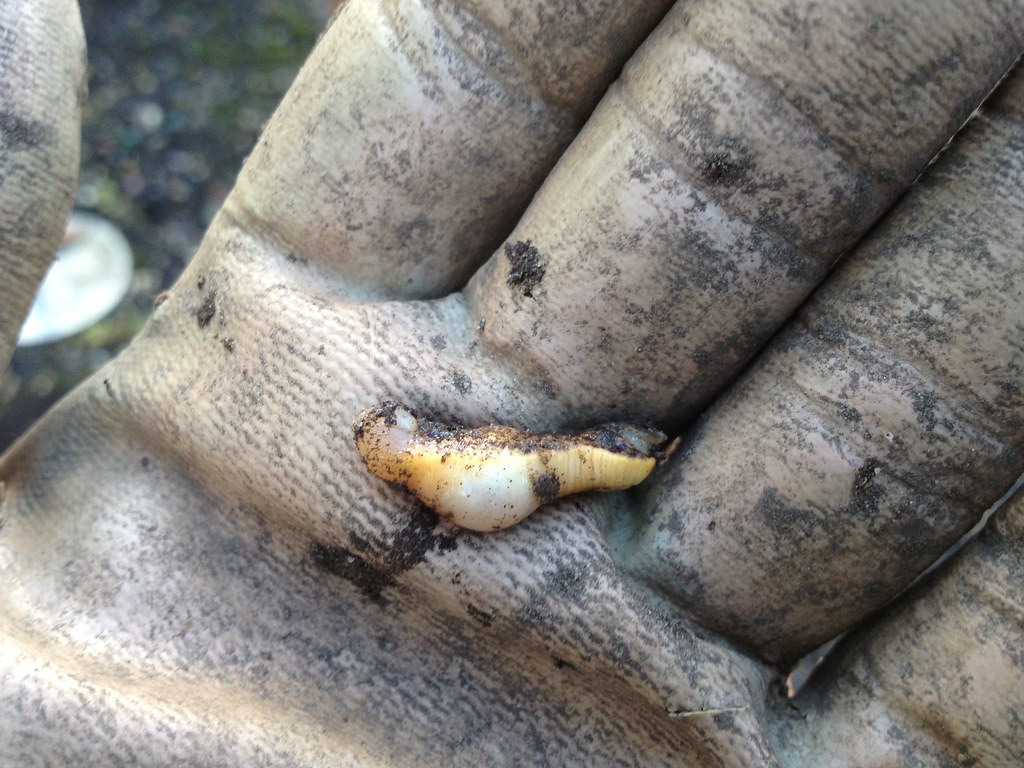 |
 |
| Testacella sp slug | |
But, back to today, from 9 cm pots I planted the mint into the 7.5 l pots where it will spend all the season, limiting the risk that its roots will become invasive. We used 2/3 plants per pot to get enough plant material for display (some people will pull the leaves to smell them), but one would be enough if you are not in a hurry.
 |
 |
| Some of the mints, before and after propagation | |
 |
| Some of the mints ready to go out in April |
My time in the herb garden after bringing the mints out, however, tells me the most popular, especially among the kids is the "chocolate peppermint", it must be because of the name! It does really have chocolate undertones, but it's very much menthol-scented, which I have always found gives me headache. Except in one case: a few years ago I loved a cosmetic product made with a very strong menthol mint, M. aquatica - which is incidentally quite pretty, with its globose flowerheads, but unfortunately is not in the collection, as it requires wet conditions to grow.
References:
*Bown, D (1995) The RHS Encyclopedia of Herbs and Their Uses, London, Dorling Kindersley, pp. 158-159 and 311-312
**McVicar, J (2007 revised ed) Jekka's Complete Herb Book, London, Kyle Cathie LTD and The Royal Horticultural Society, pp. 154-157
*** Buczacki, S and Harris, K (2005 3rd ed) Pests, Diseases & Disordrs of Garden Plants, London, Harper Collins Publishers, p. 176
See also the website of the National Mentha Collection in Wales, at mentha.info/NationalMenthaCollection/ and the electronic version of Maud Grieve's A Modern Herbal (1931) at www.botanical.com/botanical/mgmh/m/mints-39.html

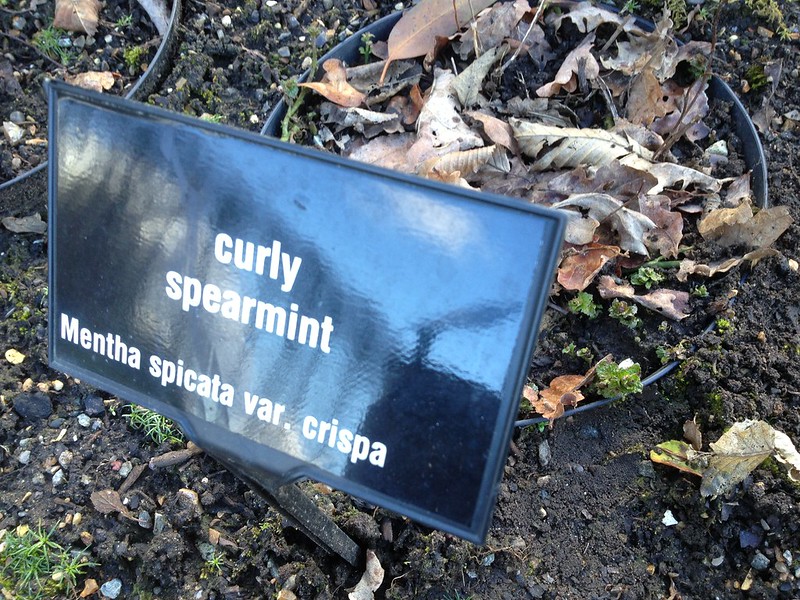
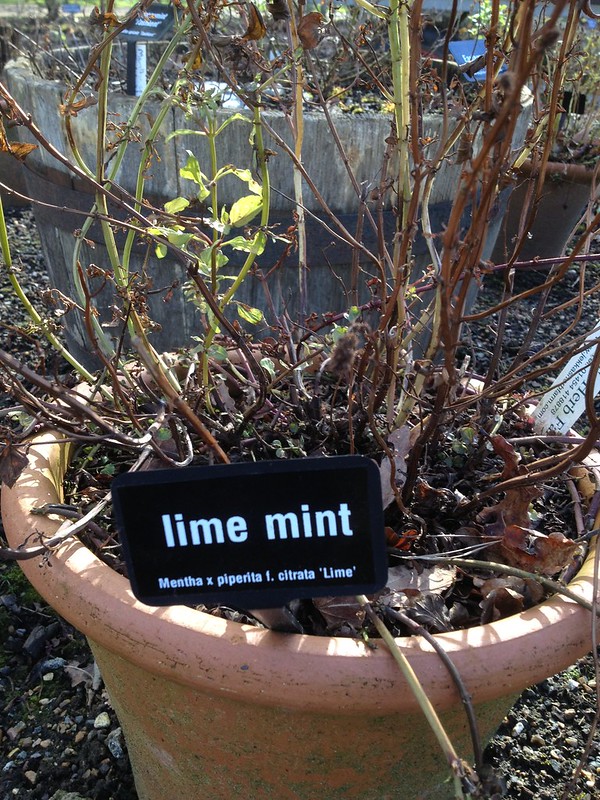

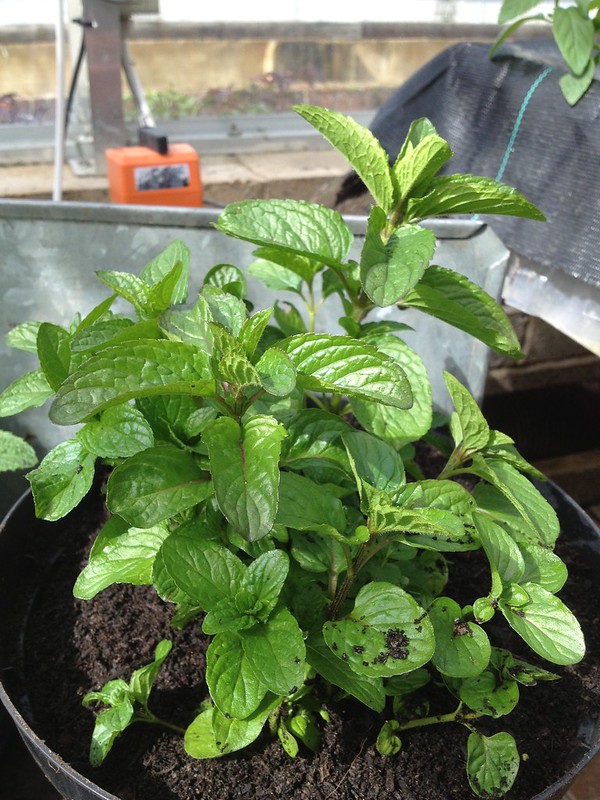
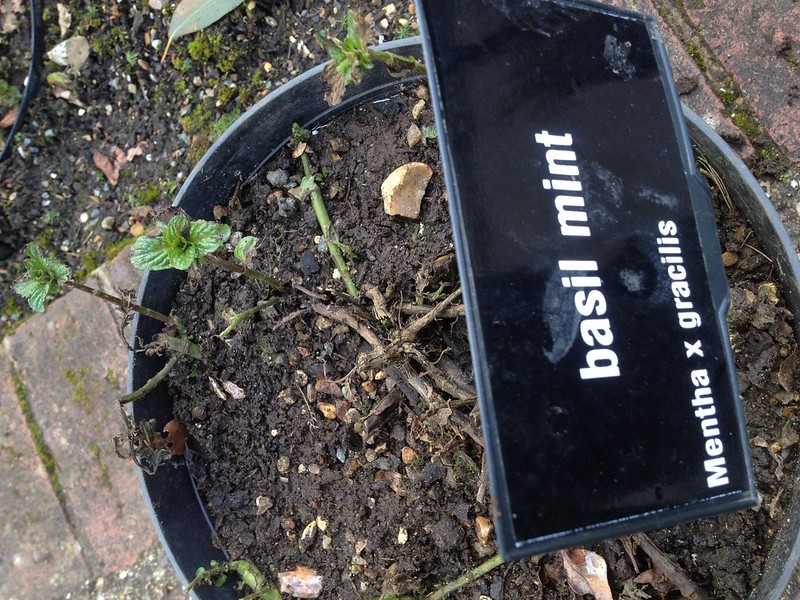


No comments:
Post a Comment